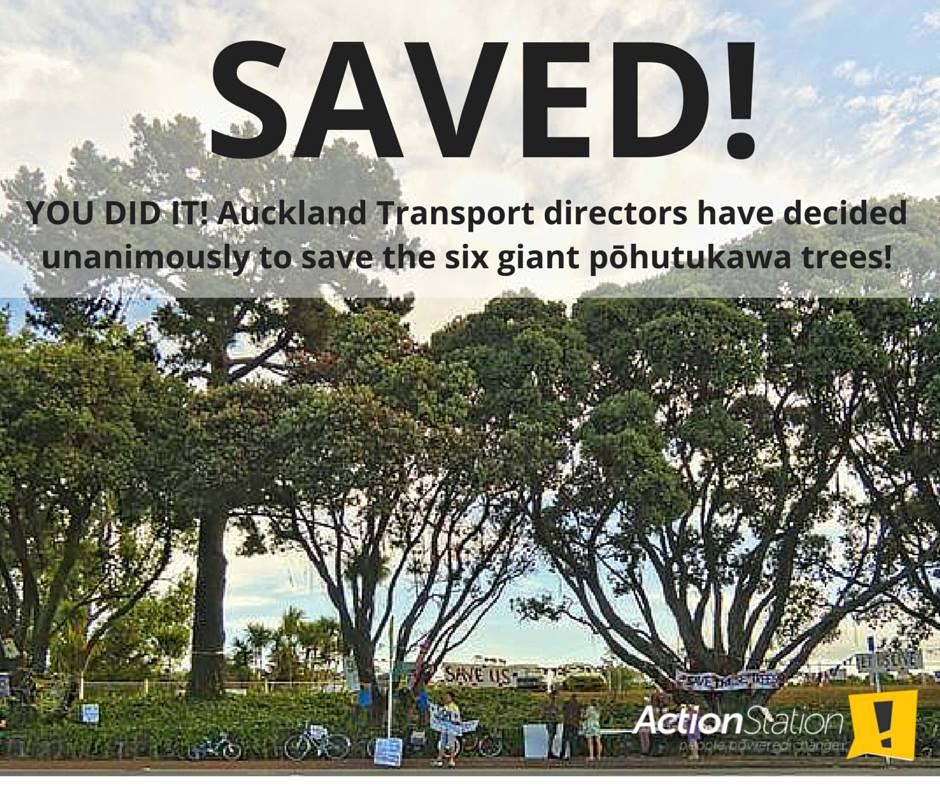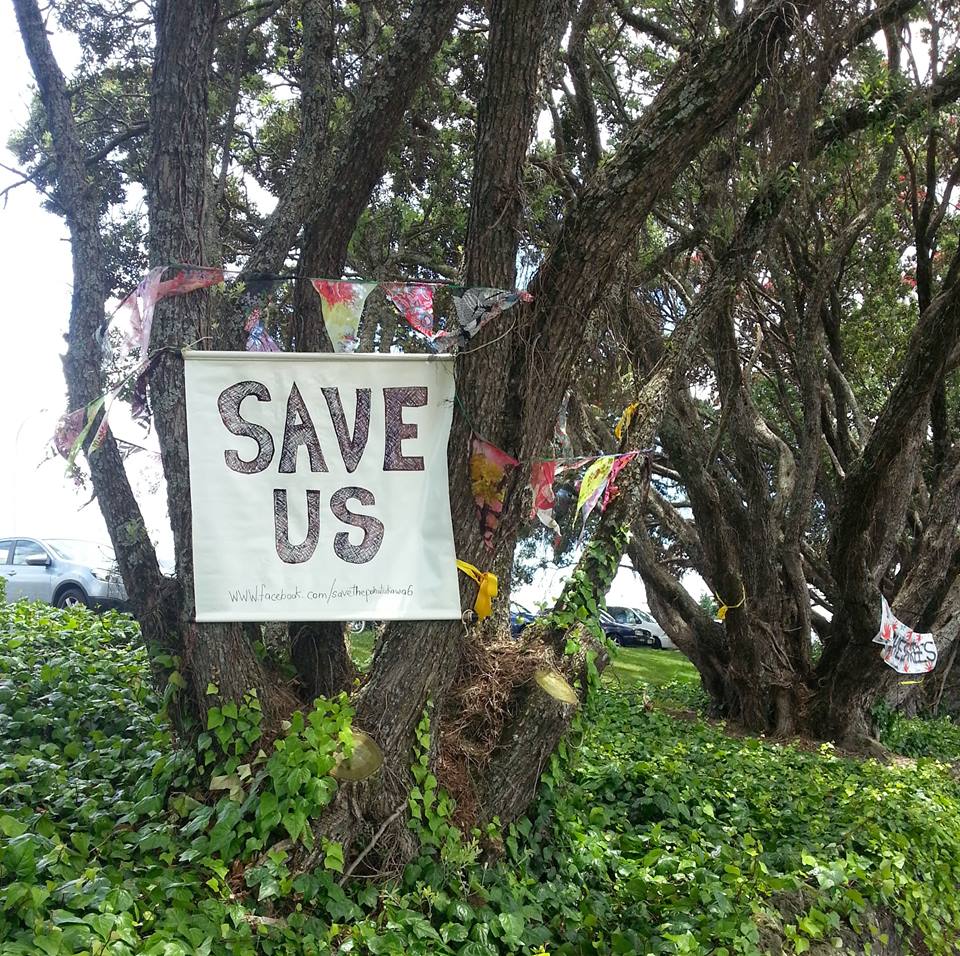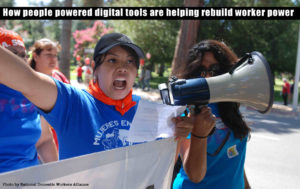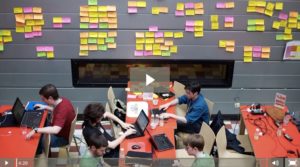Ryan Mearns, a Campaign Director at New Zealand’s ActionStation, shares his experience with a fast-growing community campaign to save six heritage Pohutukawa trees in Auckland. Like many campaigns that rapidly grow online through email and social media, the Powhutukawa campaign struggled to give interested people meaningful ways to get involved on the ground. Mearns used collaborative tech, in this case Loomio, to help scale engagement.
At New Zealand’s ActionStation, where I work as a campaign director, we’re grappling with how to transfer the scalability of our online campaigns into the everyday world where people live. After all, most problems are solved on the ground and that’s where relationships with members and supporters become most powerful.
It’s a common problem: how do campaigns and organisations with limited human and financial resources empower people, especially when the people are anxious to act.
Taren Stinebrickner-Kauffman, founder and executive director at SumOfUs, recently spoke at Progress about the role of technology in movement growth. Movements such as #BlackLivesMatter, Stinebrickner-Kauffman noted, are leading the way in offline organising as they use new technology to help build their movements. She observed that movement progression is often tied to technological innovation.
Here in Auckland, local residents have started a campaign to save six 80-year old native trees from road expansion. Their efforts presented a great opportunity to view Stinebrickner-Kauffman’s ideas on connecting online organising technology to offline mobilisation through the lens of a fast-moving campaign that captured broad public attention.
The Fast-Growing Campaign Problem
Early efforts to protect Auckland’s Pohutukawa trees was led by a half dozen people. They navigated the standard Council process by responding to planning documents. The Council process failed to account for the importance of the trees to the local community. Concerned citizens saw the need to make the trees a larger political issue.
Online activities quickly spread the word: there was a petition on Change.org, a Facebook page, and then a Twitter account. Some people were on Facebook but not Twitter and vice versa. Some people were on neither social network. Some were keen to meet in person while others were happy to stay virtual. Some were professionally involved in various connected worlds and had expertise to share, while others brought enthusiasm and people power.
At ActionStation, we launched an email campaign in support of the campaign which quickly built a list of 3,000 people targeting messages at the head of the Auckland transport agency. People from all sorts of backgrounds and with varying preferences for action and communication were suddenly asking what they could do both online and offline to advocate for the Pohutukawa trees.
As someone who had only provided basic tools for the the local residents campaign, I was ill equipped to provide any kind of leadership to the increasing numbers of people contacting me. Emails mounted up from local residents and it was easy to lose track of the progress of the campaign and I looked for a solution.
The problem was that people wanted to volunteer but the level of coordination was relatively weak. The group was trying to make decisions over email and new volunteers weren’t able to get involved. We risked losing momentum and turning people away when they were most keen to act.
Creating Meaningful Engagement Opportunities
We didn’t have a strong field presence and needed to quickly give people ways to connect with one another, ask questions, get answers and collaboratively plan their campaign work. I had used Loomio while at youth climate organisation Generation Zero and it seemed like a tool that could help create an online structure for offline deliberation and planning.
We sent an email to the 3,000 people who had written the head of the transport agency asking if they’d like to help the campaign by joining the Pohutukawa Savers Loomio group. Twenty-five people joined the group in addition to the few local residents who had been leading the campaign.
My observation was the combination of local leaders who acted as facilitators for the discussions and the keen volunteers formed a very agile committed team that could now make decisions and anyone new that wanted to get involved could easily see the previous discussions. Small groups formed within the loomio group and started discussions about painting banners for the trees, investigating the history of the area, yarn bombing the trees and coordinating the social media campaign.
It built a clear sense of inclusiveness within the campaign and allowed people to move up the ladder of engagement. People could now go – on their own – from sending an email to the decision maker to organising offline events. The Loomio group was a space where people could engage with one another and problem solve. Those with the interest and time could increase their engagement and leadership without relying on a staff organiser to direct them.
“People could now go – on their own – from sending an email to the decision maker to organising offline events.”

ActionStation contacted respondents to an email campaign to find people wanting to get more involved through a Loomio-enabled collaborative work group.
The campaign eventually won as pressure piled up on the local transport agency, but if it wasn’t for the well organised local community group and the commitment of the residents the trees would not have been saved. The technology – Loomio in this case – helped enable action. One organiser told me: “It’s simultaneously online (like a Facebook page or a bulletin board), but also as simple as sending an email, while also having the open-ended dynamic of a real-life group. Because it was so intuitive to use, there wasn’t a barrier to explaining it – so people were able to hop in and out and use it to coordinate dates, actions, and ideas (and archive links).”
We learned some key lessons using Loomio in the campaign to save Auckland’s Pohutukawa trees:
- Make sure you have good facilitators that can support conversations with the campaign strategy relatively clear such as the decision maker, decision and how tactics need to build public awareness.
- It’s a tool that supports action already going on offline as well spurring new action.
- It’s a good way of identifying leaders in your campaign.
There is a powerful role for technology to help provide channels for meaningful deliberation as people move from online interaction to offline action. The next step is to introduce Loomio to a bigger campaign and see how well it can work with larger groups.




